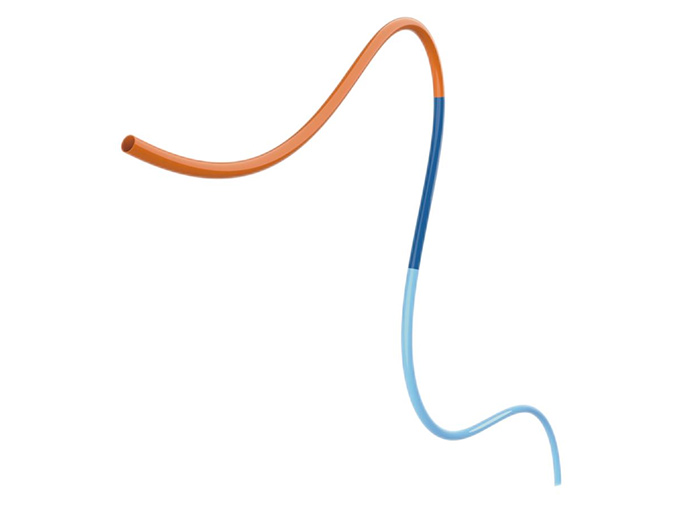the core of our corporate values
PTA Catheters in the Management of Hemodialysis Access
As medical technology continues to advance, one area that has witnessed groundbreaking progress is the management of hemodialysis access using Percutaneous Transluminal Angioplasty (PTA) catheters. This innovative approach is revolutionizing the landscape of hemodialysis care, offering new solutions and improving outcomes for patients with vascular access challenges.
Unraveling the Hemodialysis Access Challenge
Hemodialysis is a life-saving treatment for individuals with kidney failure, but its success hinges on effective vascular access. Patients often face complications such as stenosis or thrombosis in their vascular access sites, leading to difficulties in achieving adequate blood flow during dialysis. PTA catheters have emerged as a game-changer in overcoming these challenges.
Precision in Intervention
PTA catheters are designed with precision and flexibility, allowing interventionalists to navigate through intricate vascular pathways. In the context of hemodialysis access, these catheters are used to dilate narrowed or blocked vessels, restoring optimal blood flow and ensuring the efficiency of the dialysis process. The ability to perform these interventions with minimally invasive techniques has significantly reduced the burden on patients.
Improved Patency Rates
One of the key advantages of employing PTA catheters in hemodialysis access management is the notable improvement in patency rates. By addressing stenotic lesions promptly and effectively, interventionalists can extend the lifespan of vascular access sites, reducing the frequency of interventions and enhancing the overall quality of care for hemodialysis patients.
Enhanced Patient Experience
The introduction of PTA catheters has not only improved the technical aspects of hemodialysis access management but has also enhanced the overall patient experience. Minimally invasive procedures mean shorter recovery times, reduced discomfort, and fewer complications, contributing to a better quality of life for individuals reliant on regular hemodialysis treatments.
Future Directions and Innovations
As the field of interventional cardiology and vascular access management continues to evolve, ongoing research and development are focusing on further innovations in PTA catheter technology. From bioresorbable materials to advanced imaging techniques, the future holds promise for even more effective and patient-friendly solutions in the realm of hemodialysis access management.
In breaking new grounds, PTA catheters have become invaluable tools in the management of hemodialysis access. Their precision, effectiveness, and positive impact on patient outcomes mark a significant stride forward in the intersection of technology and healthcare. As we continue to explore innovative solutions, PTA catheters stand as a beacon of progress, providing hope for improved vascular access and a better quality of life for those undergoing hemodialysis.










